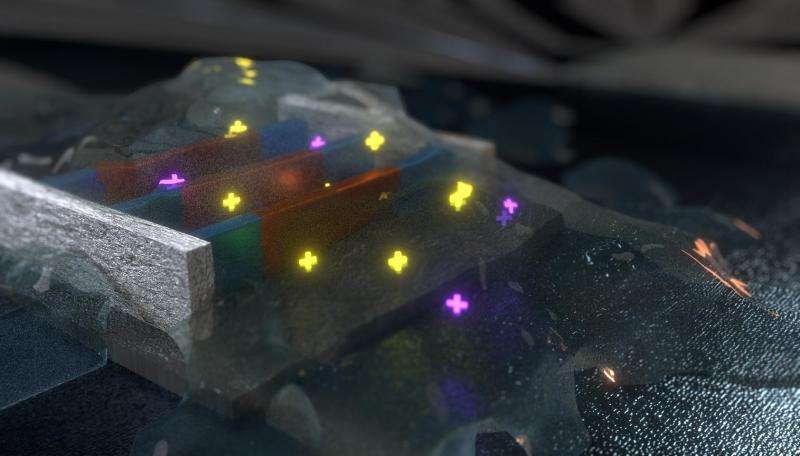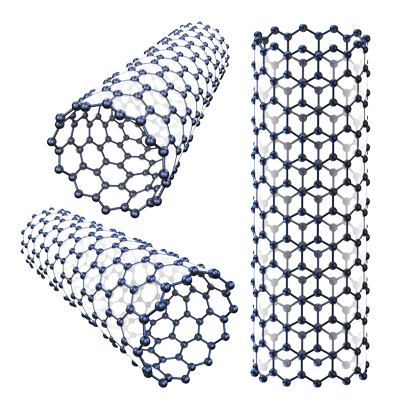Due to the interaction of electrons in the walls between the nanotube shells, the inner core shrinks automatically ( their wall as an oscillator due to their size and mechanical strength must have a very high resonance frequency (in GHz) PhD nano-micro Electronic
Researcher and author: Dr. ( Afshin Rashid)
Note: Multilayer CNTs introduce themselves as an ideal material for use in nanoelectronic devices for a variety of reasons. Their wall as an oscillator due to their size and mechanical strength must have a very high resonance frequency (in GHz) and very high quality factors.
The hollow layer structure shows a complete atom of multi-walled carbon nanotubes that can be used as linear and rotating bearings. Their flexibility from large, non-breaking angles suggests that they can also be used for mechanical switches and as hinges. In nanoscale devices that aim to use the complete graphical structure of carbon nanotubes. In electronic conduction of multilayer nanotubes CNTs the inner core slides independently of the outer walls. The walls show abrasion-free movement, and due to the interaction of electrons in thewallsbetween the nanotube shells, the inner core shrinks automatically.
The strength of carbon-carbon bonds gives carbon nanotubes amazing electronic properties. No previous material exhibits a combination of extraordinary mechanical, thermal, and electronic properties attributed to them . However, their conductivity is what separates them. Laminated carbon nanotubes are the strongest electronically conductive materials humans have ever discovered. The highest tensile or fracture toughness for a carbon nanotube was up to 63 GPa, which is about 50 times higher than the strongest conductors. Even the weakest types of multilayer carbon nanotubes have multiplier power in electronic conductivity. These properties, combined with the lightness of carbon nanotubes, give them great potential in applications such as aerospace. The electronic properties of carbon nanotube wall walls are also outstanding. It has high electrical conductivity (comparable to copper). It is particularly noteworthy that nanotubes can be metal or semiconductor. The rolling operation breaks the symmetry of the planar system and imposes a certain direction with respect to the hexagonal lattice and the axial direction. Depending on the relationship of this axial direction and the unit vectors that describe the hexagonal lattice, nanotubes may behave electrically like metal or semiconductors , some nanotubes have a higher conductivity than copper, while some Others behave more like silicon. And there are capabilities to make nanoelectronic devices from multilayer CNTs.
Conclusion :
Multilayer nanotubes introduce CNTs as an ideal material for use in nanoelectronic devices for a variety of reasons. Their wall as an oscillator due to their size and mechanical strength must have a very high resonance frequency (in GHz) and very high quality factors.
Researcher and author: Dr. ( Afshin Rashid)
PhD in Nano-Microelectronics




